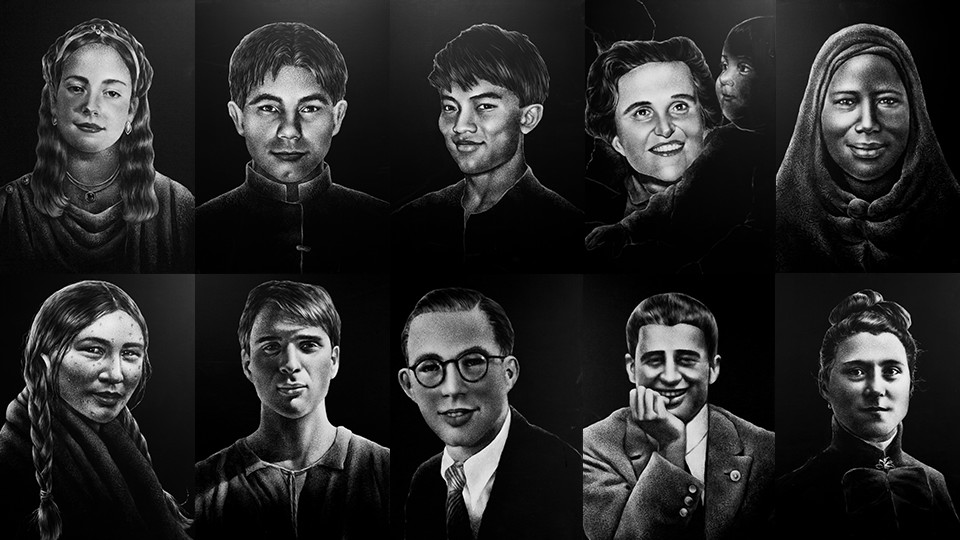Blessed Francisco Castello i Aleu
Two hundred and thirty-three martyrs – priests, religious and lay people – died for their faith in the religious persecution surrounding the Spanish Civil War, from 1936 to 1939. One of these people was 22-year-old Francisco Castello i Aleu, a chemist and a member of
Catholic Action. In full awareness of the seriousness of the situation, he did not run and hide, but gave his youth as an offering of love for God and his brothers and sisters. Pope John Paul II beatified these 233 martyrs on March 11, 2001. Francisco obtained his bachelor's degree in chemistry on February 6, 1934. "I mixed with him often," testified one of his friends, "but I never saw him show abruptness. On the contrary, he was able to show gentleness and kindness, all the while remaining open and outgoing." Francisco mixed with companions who were perhaps bogged down in lust and materialism. Wherever he was, there was joy. ...read more
He had a big influence on the hearts of all his friends." Francisco was hired as an engineer in a chemical fertilizer company in Lleida. Every evening, he gave free courses to the factory workers and to the inhabitants of a poor neighborhood in Lleida, a seat of anticlericalism.
In May 1936, on the Feast of Mary Help of Christians, Francisco became engaged to María Pelegri, a young woman whose piety was on a level with his own. Their relationship remained chaste. On the following July 1st, Francisco, who had been drafted, was sent to the fortress in Lleida. On the evening of the following day, the fortress fell to a Marxist 'Military Committee.' On the night of July 20-21, Francisco was rudely awakened by the new commander of the fortress who accused him of being a 'fascist.' Francisco was locked up with twenty-some prisoners in a former chapel – no opening but for a tiny ventilator, no hygienic facilities. On Saturday, September 12, the feast of the Holy Name of Mary, Francisco was transferred to the provincial prison. He went from cell to cell, looking for any discouraged prisoner, created a choir and encouraged recreation – chess, checkers, etc. He could not bear that, to mock them, the members of the militia forced the priests to carry out the most repugnant duties, and so he took responsibility for cleaning the latrines and the garbage dumps.
The evening of September 29th, the six prisoners were taken away in a truck. Francisco started to sing the Credo, and the others joined in. To a militia member who slapped him to make him be quiet, he replied, "I forgive you, because you do not know what you are
doing.” At the end of a path, a portal led to a little closed-off space, the stage for the executions, where an altar and a stone cross stand today... Facing the firing squad, Francisco shouted: "One moment, please! I forgive you all, and I'll meet you in eternity!" His hands clasped, his eyes fixed on the sky and a prayer on his lips, he stood facing the executioners. A voice ordered, "Fire!" Francisco let out a last shout: "Long live Christ the King!" These were the last words of a young twenty-two-year-old Spaniard who died for the faith during the Spanish Civil War, on September 29, 1936.










